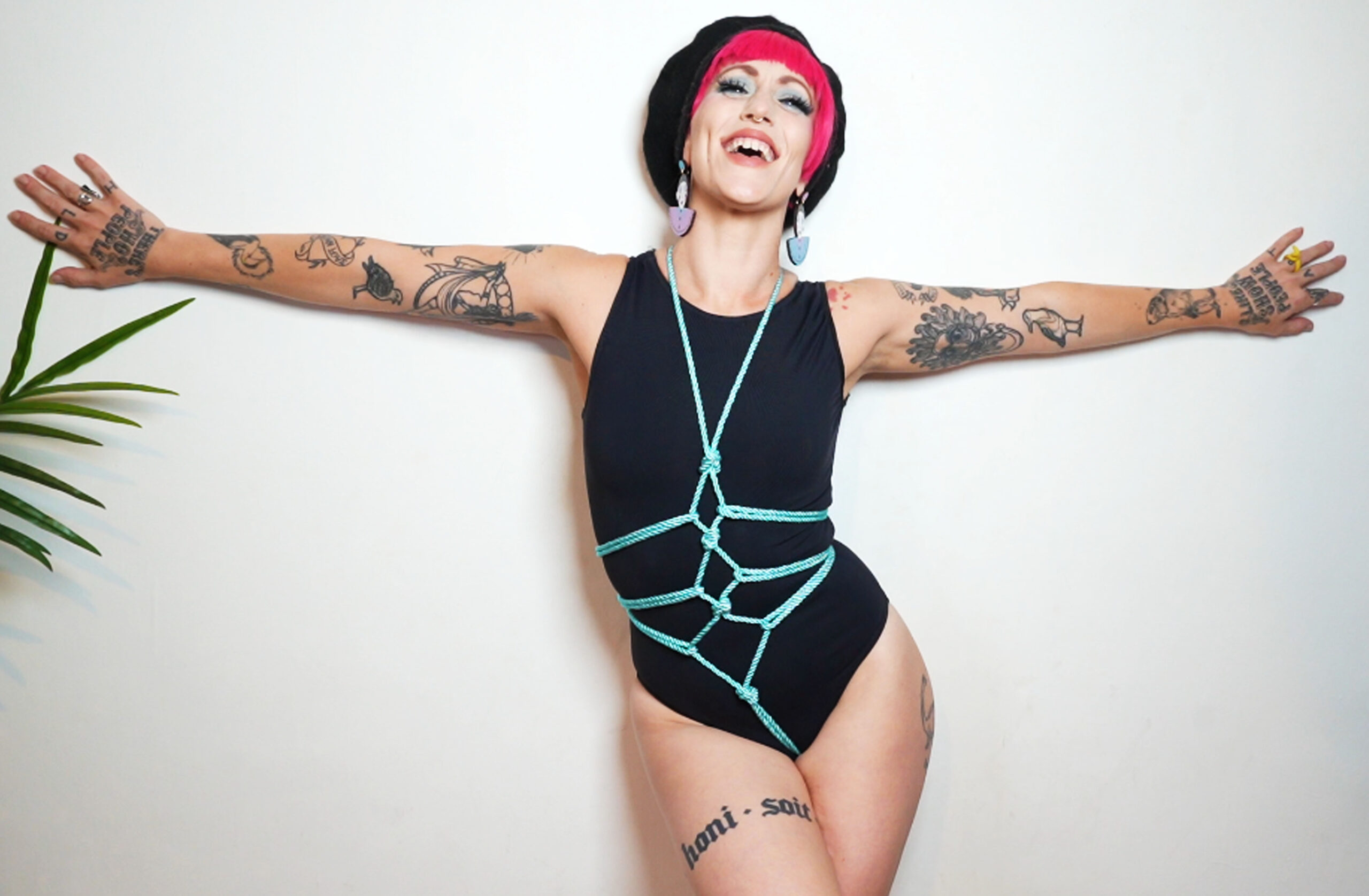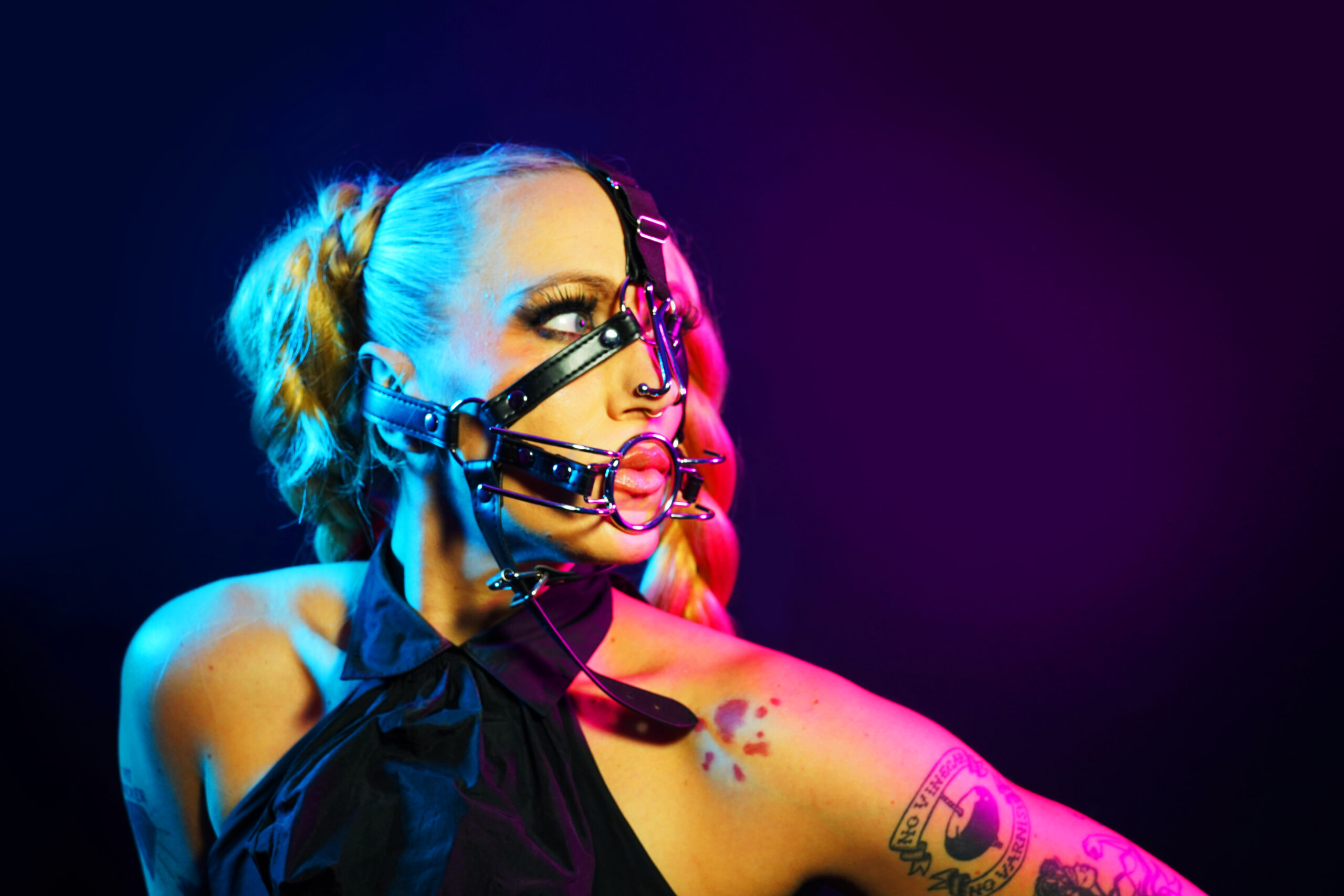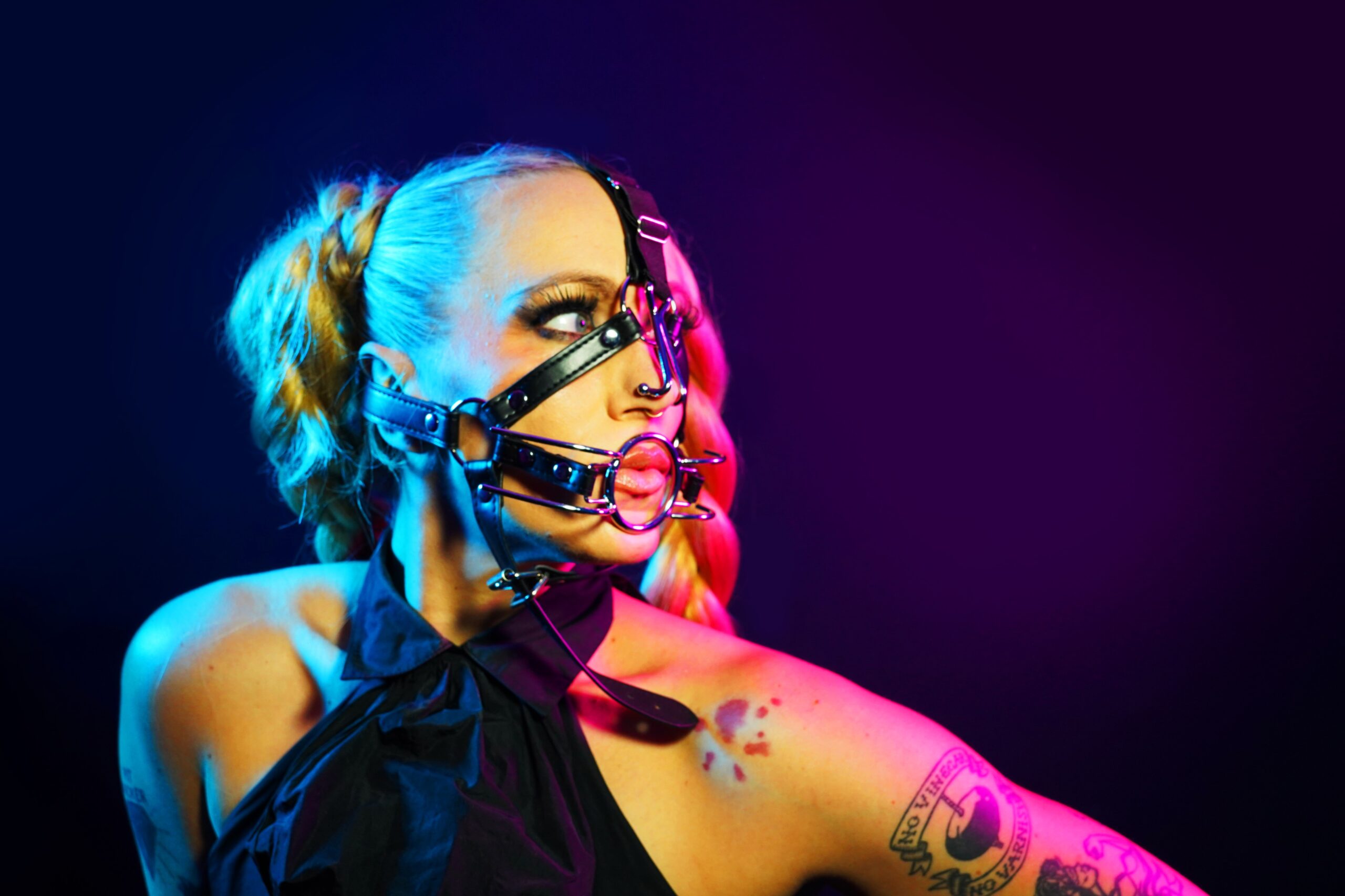Skoliosexuality And Attraction Beyond Binary Norms

Skoliosexuality
Skoliosexuality is a term that encompasses attraction to people who identify outside of the traditional gender binary. It recognizes the fluidity and diversity of human identity and expression, acknowledging that attraction can extend beyond societal norms and expectations. This exploration delves into the complexities of skoliosexual attraction, examining its nuances, experiences, and the challenges it faces in a world often bound by rigid gender classifications.
Definition
Skoliosexuality is an umbrella term used to describe attraction to people who identify outside of the traditional binary genders of male and female. It recognizes that gender identity is a spectrum and that individuals may identify as non-binary, genderqueer, or agender.
- Skoliosexual individuals experience attraction towards these diverse identities regardless of their own gender identity.
- This term emphasizes the fluidity and diversity of human experience, moving beyond limiting binary classifications of gender and sexuality.
- It challenges societal norms that often confine attraction within rigid gender categories.
History and Terminology
The history of skoliosexuality as a distinct term is relatively recent, emerging alongside the growing visibility and recognition of non-binary gender identities. Prior to this, individuals who experienced attraction outside of traditional gender binaries may have not had a specific label to describe their experiences.
Like many terms related to gender and sexuality, skoliosexuality has evolved through the collective voice and experiences of individuals within LGBTQ+ communities. It reflects a desire for more inclusive and accurate language that encompasses the full spectrum of human identity and expression.
Representation in Media
Representation of skoliosexual characters in media is still limited compared to other sexual orientations and gender identities. This lack of visibility can contribute to feelings of isolation and invisibility among skoliosexual individuals, making it difficult for them to see themselves reflected in the stories they consume.
The need for diverse and authentic representation in media is crucial. It allows skoliosexual individuals to feel seen, understood, and validated. It also helps educate broader audiences about the complexities of human identity and challenges societal assumptions about gender and sexuality.
Attraction Beyond Binary Norms
Skoliosexuality, a term encompassing attraction to individuals who identify outside the traditional binary genders of male and female, represents a powerful affirmation of fluidity and diversity in human experience. It recognizes that gender identity exists on a spectrum, and attraction can extend beyond societal norms and expectations. This exploration delves into the complexities of skoliosexual attraction, shedding light on its nuances, lived experiences, and the ongoing challenges faced in a world still grappling with rigid gender classifications.
Pansexuality
Skoliosexuality is an umbrella term encompassing attraction to individuals who identify outside the traditional binary genders of male and female. It acknowledges that gender identity exists on a spectrum and that people may identify as non-binary, genderqueer, or agender.
Individuals who identify as skoliosexual experience attraction towards these diverse identities regardless of their own gender identity.
This term emphasizes the fluidity and diversity of human experience, moving beyond limiting binary classifications of gender and sexuality. It challenges societal norms that often confine attraction within rigid gender categories.

The history of skoliosexuality as a distinct term is relatively recent, emerging alongside the growing visibility and recognition of non-binary gender identities. Prior to this, individuals who experienced attraction outside of traditional gender binaries may not have had a specific label to describe their experiences.
Like many terms related to gender and sexuality, skoliosexuality has evolved through the collective voice and experiences of individuals within LGBTQ+ communities. It reflects a desire for more inclusive and accurate language that encompasses the full spectrum of human identity and expression.
Representation of skoliosexual characters in media is still limited compared to other sexual orientations and gender identities. This lack of visibility can contribute to feelings of isolation and invisibility among skoliosexual individuals, making it difficult for them to see themselves reflected in the stories they consume.
The need for diverse and authentic representation in media is crucial. It allows skoliosexual individuals to feel seen, understood, and validated. It also helps educate broader audiences about the complexities of human identity and challenges societal assumptions about gender and sexuality.
Polysexuality
Skoliosexuality encompasses attraction to individuals who identify outside the traditional binary genders of male and female. It recognizes that gender identity exists on a spectrum and that people may identify as non-binary, genderqueer, or agender.
Individuals who identify as skoliosexual experience attraction towards these diverse identities regardless of their own gender identity. This term emphasizes the fluidity and diversity of human experience, moving beyond limiting binary classifications of gender and sexuality. It challenges societal norms that often confine attraction within rigid gender categories.
The history of skoliosexuality as a distinct term is relatively recent, emerging alongside the growing visibility and recognition of non-binary gender identities. Prior to this, individuals who experienced attraction outside of traditional gender binaries may not have had a specific label to describe their experiences.
Like many terms related to gender and sexuality, skoliosexuality has evolved through the collective voice and experiences of individuals within LGBTQ+ communities. It reflects a desire for more inclusive and accurate language that encompasses the full spectrum of human identity and expression.
Representation of skoliosexual characters in media is still limited compared to other sexual orientations and gender identities. This lack of visibility can contribute to feelings of isolation and invisibility among skoliosexual individuals, making it difficult for them to see themselves reflected in the stories they consume.
The need for diverse and authentic representation in media is crucial. It allows skoliosexual individuals to feel seen, understood, and validated. It also helps educate broader audiences about the complexities of human identity and challenges societal assumptions about gender and sexuality.
Asexualities and the Gender Spectrum
Skoliosexuality is a term that encompasses attraction to people who identify outside of the traditional gender binary. It recognizes that gender identity is a spectrum and that individuals may identify as non-binary, genderqueer, or agender. Skoliosexual individuals experience attraction towards these diverse identities regardless of their own gender identity.
This term emphasizes the fluidity and diversity of human experience, moving beyond limiting binary classifications of gender and sexuality. It challenges societal norms that often confine attraction within rigid gender categories.
The history of skoliosexuality as a distinct term is relatively recent, emerging alongside the growing visibility and recognition of non-binary gender identities. Prior to this, individuals who experienced attraction outside of traditional gender binaries may not have had a specific label to describe their experiences.
Like many terms related to gender and sexuality, skoliosexuality has evolved through the collective voice and experiences of individuals within LGBTQ+ communities. It reflects a desire for more inclusive and accurate language that encompasses the full spectrum of human identity and expression.
Representation of skoliosexual characters in media is still limited compared to other sexual orientations and gender identities. editor’s choice This lack of visibility can contribute to feelings of isolation and invisibility among skoliosexual individuals, making it difficult for them to see themselves reflected in the stories they consume.

The need for diverse and authentic representation in media is crucial. It allows skoliosexual individuals to feel seen, understood, and validated. It also helps educate broader audiences about the complexities of human identity and challenges societal assumptions about gender and sexuality.
Queerplatonic Relationships
Skoliosexuality is a term that encompasses attraction to people who identify outside of the traditional gender binary. It recognizes that gender identity is a spectrum and that individuals may identify as non-binary, genderqueer, or agender. Skoliosexual individuals experience attraction towards these diverse identities regardless of their own gender identity.
This term emphasizes the fluidity and diversity of human experience, moving beyond limiting binary classifications of gender and sexuality. It challenges societal norms that often confine attraction within rigid gender categories.
The history of skoliosexuality as a distinct term is relatively recent, emerging alongside the growing visibility and recognition of non-binary gender identities. Prior to this, individuals who experienced attraction outside of traditional gender binaries may not have had a specific label to describe their experiences.
Like many terms related to gender and sexuality, skoliosexuality has evolved through the collective voice and experiences of individuals within LGBTQ+ communities. It reflects a desire for more inclusive and accurate language that encompasses the full spectrum of human identity and expression.
Representation of skoliosexual characters in media is still limited compared to other sexual orientations and gender identities. This lack of visibility can contribute to feelings of isolation and invisibility among skoliosexual individuals, making it difficult for them to see themselves reflected in the stories they consume.
The need for diverse and authentic representation in media is crucial. sexy fetish wear men It allows skoliosexual individuals to feel seen, understood, and validated. It also helps educate broader audiences about the complexities of human identity and challenges societal assumptions about gender and sexuality.
Queerplatonic relationships are a form of non-sexual connection characterized by deep intimacy, affection, and emotional closeness between individuals who may or may not identify as romantic partners.
These relationships emphasize platonic love and connection while transcending traditional definitions of friendship or romantic relationships. They can exist between individuals of any gender identity or sexual orientation.
Queerplatonic relationships challenge societal norms that often conflate intimacy with romantic or sexual attraction. They provide a space for individuals to form deep bonds based on shared values, interests, and emotional support, regardless of their desire or ability to engage in romantic or sexual activity.
These relationships can offer a sense of belonging, acceptance, and validation, particularly for individuals who may feel marginalized by societal expectations surrounding love and intimacy. They allow people to explore and express their affection and connection in ways that align with their own unique needs and desires.

Fluid Sexuality
Skoliosexuality is an umbrella term used to describe attraction to people who identify outside of the traditional binary genders of male and female. It recognizes that gender identity exists on a spectrum and that individuals may identify as non-binary, genderqueer, or agender. Individuals who identify as skoliosexual experience attraction towards these diverse identities regardless of their own gender identity. This term emphasizes the fluidity and diversity of human experience, moving beyond limiting binary classifications of gender and sexuality. It challenges societal norms that often confine attraction within rigid gender categories.
The history of skoliosexuality as a distinct term is relatively recent, emerging alongside the growing visibility and recognition of non-binary gender identities. Prior to this, individuals who experienced attraction outside of traditional gender binaries may not have had a specific label to describe their experiences. Like many terms related to gender and sexuality, skoliosexuality has evolved through the collective voice and experiences of individuals within LGBTQ+ communities. It reflects a desire for more inclusive and accurate language that encompasses the full spectrum of human identity and expression.
Representation of skoliosexual characters in media is still limited compared to other sexual orientations and gender identities. This lack of visibility can contribute to feelings of isolation and invisibility among skoliosexual individuals, making it difficult for them to see themselves reflected in the stories they consume. The need for diverse and authentic representation in media is crucial. It allows skoliosexual individuals to feel seen, understood, and validated. It also helps educate broader audiences about the complexities of human identity and challenges societal assumptions about gender and sexuality.
hero sex position
Read the article for more context
Read everything from this source











